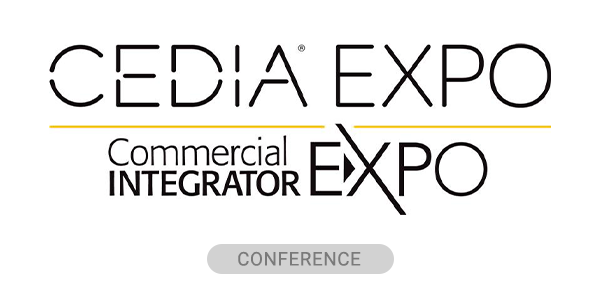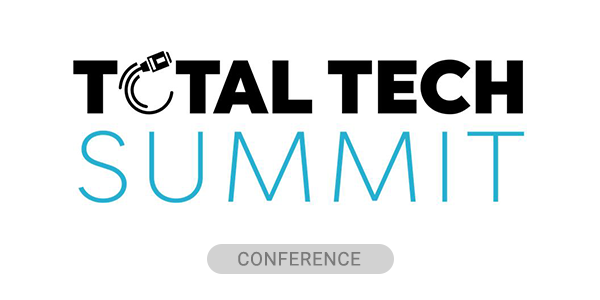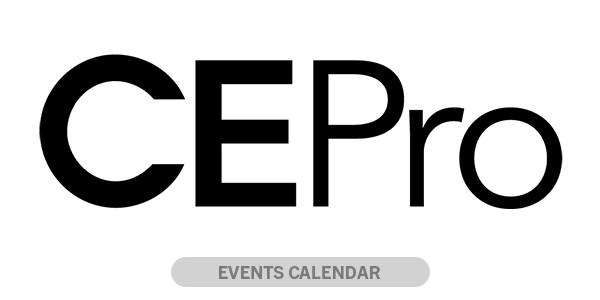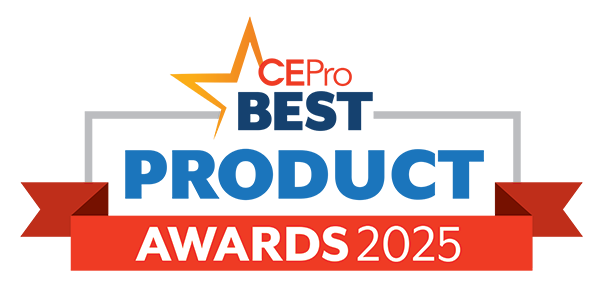The lighting industry has a long, proud tradition standards wars that predates the classic Betamax versus VHS battle by nearly a century. Thomas Edison and George Westinghouse went head-to-head in an epic struggle between DC and AC power and it got ugly with smear campaigns and public animal executions.
I highly recommend Last Days of Night (book) and The Standards War (film) if you want to watch industry titans go at each other’s throats. Spoiler alert: there is a reason Edison General Electric was shortened to GE without the founder’s name on the sign.
Today the lighting industry is at war over digital lighting control protocols, though the fight is less focused on individual superstars, instead playing out in skirmishes from project to project. Should we use DALI-2? DMX-512? Zigbee? Clear Connect? Personally, I rally behind the DMX flag.
DALI vs. DMX: Understanding the Two Major Protocols
Digital protocols were largely irrelevant to the residential lighting industry until recently; professionals instead focused on panelized dimming in an analog 1:1 structure for decades. Yet the growing adoption of color-changing and tunable-white light sources is forcing us away from traditional dimming systems and towards digital systems.
When a single light fixture needs two, three, or even seven individual channels of control, a wallbox slide dimmer simply will not work.
DALI-2 (Digital Addressable Lighting Interface) is a favored digital protocol in commercial projects where lighting turns on in the morning and turns off in the evening. It is easy to wire but slow to communicate.
When commissioned poorly, lights in a single room can popcorn like you won’t believe, with some lights taking 3-5 seconds to change while others appear instantaneous. Roll DALI-2 out across an entire home without care and you can make breakfast while you wait for your lighting.
DALI was originally created more than twenty years ago to control fluorescent ballasts in commercial fixtures, so its creators chose wiring simplicity over speed.
DMX (technically USITT DMX-512, for Digital MultipleX) goes back further still, to the late 1980’s and early 1990’s and was built for speed from day one. DMX was universally adopted in the live performance world due to its simplicity, speed, and ability to tie together light fixtures from a dozen manufacturers with ease.
As theatrical lighting fixtures moved inexorably towards color-changing and even motorized movement, digital protocols became an absolute necessity and, championed by USITT (the United States Institute for Technical Theater), DMX became the clear choice.
There are other protocols out there, of course, like Zigbee and Lutron’s proprietary wireless protocol, and each has a niche where they perform quite well. As a lighting designer, however, I prefer protocols that allow interoperability between manufacturers.
No single lighting manufacturer can provide all the equipment for a top-tier lighting design (despite their noisy assurances otherwise), so opening the control protocol to allow for a carefully curated mix of equipment is essential to success.
Why After All These Years, DMX is Still the Best in Digital Lighting Control
I suspect one of the reasons I love DMX, which we use to control tunable-white Atmosphere products from AiSPIRE, RGBTW linear from Proluxe, and also the new PhaseX products from DMF, among others, is because I started my lighting career in the early 1990’s in live performance.
I was programming DMX controllers thirty years ago and I designed what appears to have been the first all-LED theater system in the US around twenty years ago, all of which depended on DMX. It’s fast, reliable, and open, which makes it ubiquitous. DMX can be a bit hairy to wire and program, but once it is set up the benefits play out every time a button is pressed.
For my money, DMX is the best protocol we have in the business today.
We forced our children, now young adults, to watch Back to the Future, the 1985 film starring Michael J. Fox and Christopher Lloyd, which was released about the same time DMX was being developed. The film is still fun to watch but has accumulated a lovely patina as it aged.
I am not sure our kids noticed the telltale yellow casing of the Sony Sports Walkman used in the film, or recognize a world where phones were still stuck to the wall. I would not want to remake the film, but times have changed.
So why do I advocate for a digital lighting protocol that is older than many of the technicians and programmers tasked with commissioning it? Because there is not a better, faster, universally adopted, open protocol to fill the gap.
I am certain that we could do better than DMX if we built a residential lighting control protocol today. Some manufacturers have built their own proprietary protocols but that fails to address the industry-wide need for interoperability.
We need our own USITT (would that be CEDIA, perhaps?) to pull together manufacturers for the creation of “R-DMX”, a new residential protocol that is easy to wire, simple to program, works equally well over wire and air, and that retains the speed and ubiquity of today’s legacy DMX.
If you are a controls manufacturer, or a lighting fixture manufacturer reading this, have your people call my people. We could make the sequel to DMX and this time, unlike Back to the Future 2, the sequel will be even better than the original.
David Warfel is Chief Evangelist of Light at design firm Light Can Help You (lightcanhelpyou.com).







